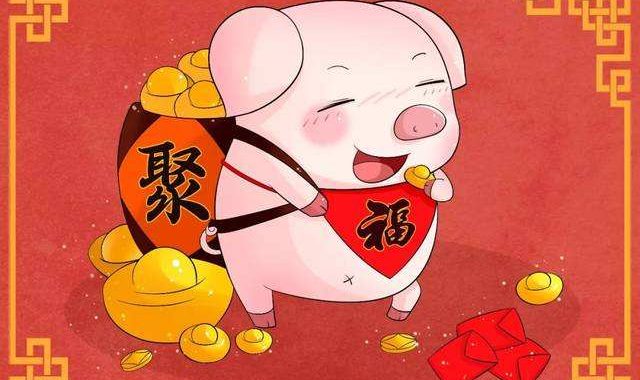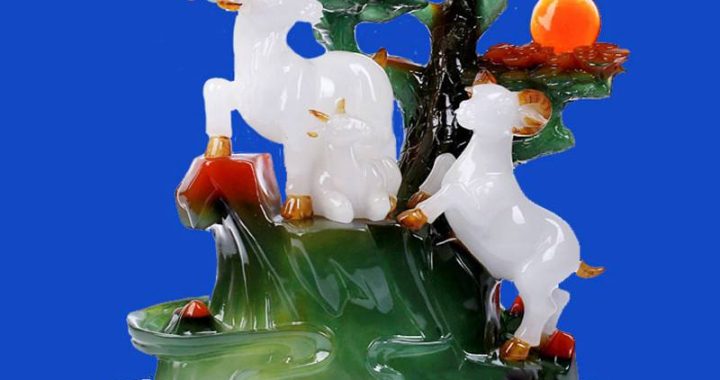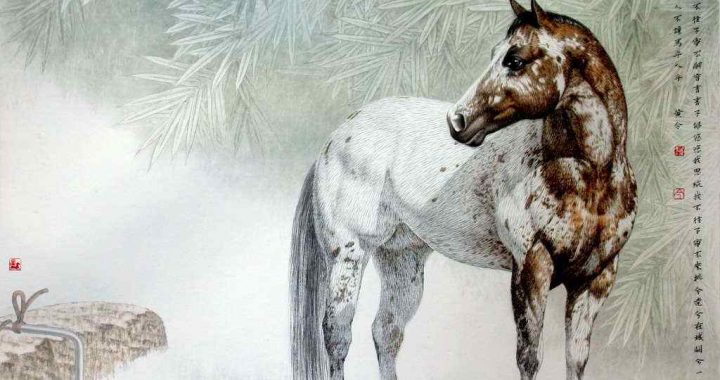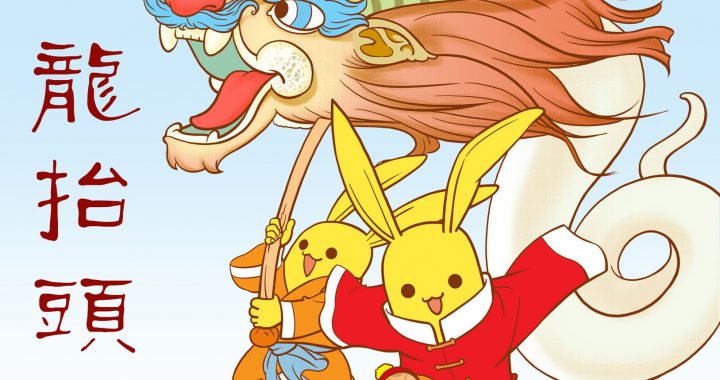The Twelve Animal Years and the Solar and Lunar Calendars
3 min readThe standard Gregorian calendar is generally referred to as the solar calendar in China. The traditional Chinese lunar calendar, also known as the jiazi calendar, counts the years in sixty-year cycles by combining two series of numbers-the ten Heavenly Stems and the twelve Earthly Branches. The ten Heavenly Stems are jia (first), yi(second), bing (third), ding (fourth), wu(fifth), yi(sixth), geng(seventh), xin(eighth), ren(ninth), and gui(tenth). The twelve Earthly Branches are zi(first), chou(second), yin (third), mao(fourth), chen(fifth), si(sixth), wu(seventh), wei(eighth), shen(ninth), you(tenth), xu (eleventh), and hai(twelfth).
The sixty years of the jiazi cycle are calculated by combining the ten Heavenly Stems and twelve Earthly Branches in ascending pairs as follows: jiazi(first-first), yichou (second-second), bingyin(third-third), etc., for a total of sixty combinations. This system was used without interruption from 776 BCuntil the Chinese Nationalist Revolution of 1911 AD. It is the world’s oldest and most comprehensive calendar system.

The traditional Chinese lunar year is divided into twenty-four solar terms, according to the position ofthe sun on the ecliptic in relationship to the earth. The solar terms designate agricultural periods, and can predict changing seasonal conditions, temperature, and weather throughout the course of the year.
They are extremely important to agricultural production. Changes in the four seasons are determined by eight solar terms: lichun(Beginning of Spring), chunfen(Spring Equinox), lixia(Beginning of Summer), xiazhi(Summer Solstice), liqiu(Beginning of Autumn), qiufen(Autumn Equinox), lidong (Beginning of Winter), and dongzhi(Winter Solstice). Changes in temperature are indicated by five solar terms: xiaoshu(Slight Heat), dashu(Great Heat), chushu(Limit of Heat), xiaohan(Slight Cold), and dahan(Great Cold). Changing weather conditions are indicated by seven solar terms: yushui(Rain Water), guyu(Grain Rain), bailu(White Dew), hanlu(Cold Dew), shuangjiang(Frost’s Descent), xiaoxue (slight Snow), and daxue(Great Snow). Recurring natural phenomena are indicated by four solar terms: jingzhe(Waking of Insects), qingming (Pure Brightness), xiaoman(Grain Full), and mangzhong(Grain in Ear).
The Chinese zodiac and the traditional Chinese calendar are closely interrelated. Ancient inscriptions on bones and tortoise shells indicate that the twelve animals of the Chinese zodiac had been determined by the Xia-Shang period, with each animal linked to one of the twelve Earthly Branches. For instance, Rat corresponded to zi(the first Earthly Branch), Ox corresponded to chou (the second Earthly Branch), etc. By the time of the Southern and Northern Dynasties, the order of the twelve animals had been finalized, with each animal representing one year of the twelve-year cycle of Earthly Branches. During this time, the Animal Years started to be used to indicate the year in which a person was born. The final order of the Earthly Branch-Animal combinations was as follows: zishu(First Rat), chouniu(Second Ox), yinhu(Third Tiger), maotu(Fourth Rabbit), chenlong(Fifth Dragon), sishe(Sixth Snake), wuma(Seventh Horse), weiyang(Eighth Sheep), shenhou(Ninth Monkey), youji(Tenth Rooster), xugou(Eleventh Dog), and haizhu(Twelfth Pig).
The first day of the lunar year is Spring Festival, or Lunar New Year’s Day. Each year of the twelve-year cycle of Earthly Branches is generally referred to by its representative animal, with Lunar New Year’s Day marking the start of each Animal Year. For instance,2004 is the Year of the Monkey, the year jiashen according to the numbering of the traditional Chinese calendar. The Year of the Monkey ends on February 8,2004(the 30th day of the 12th lunar month of the year jiashen). The following day, Lunar New Year’s Day, marks the start of the year yiyou, the Year of the Rooster.








